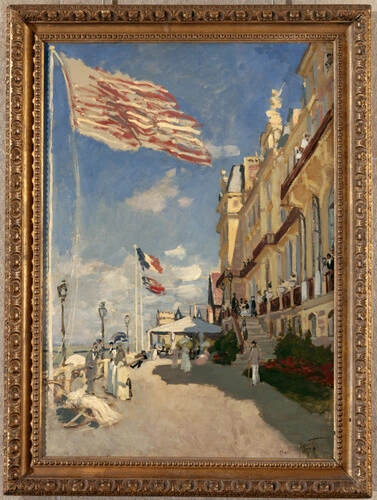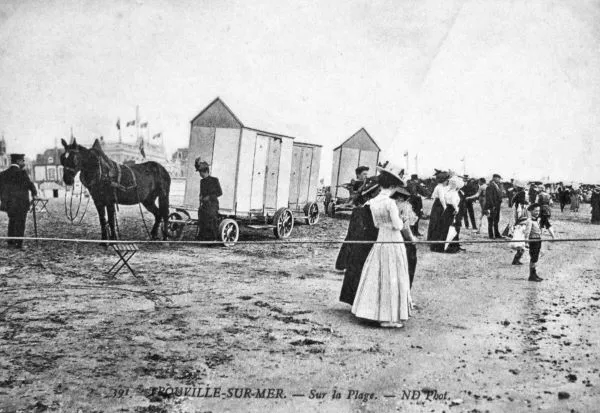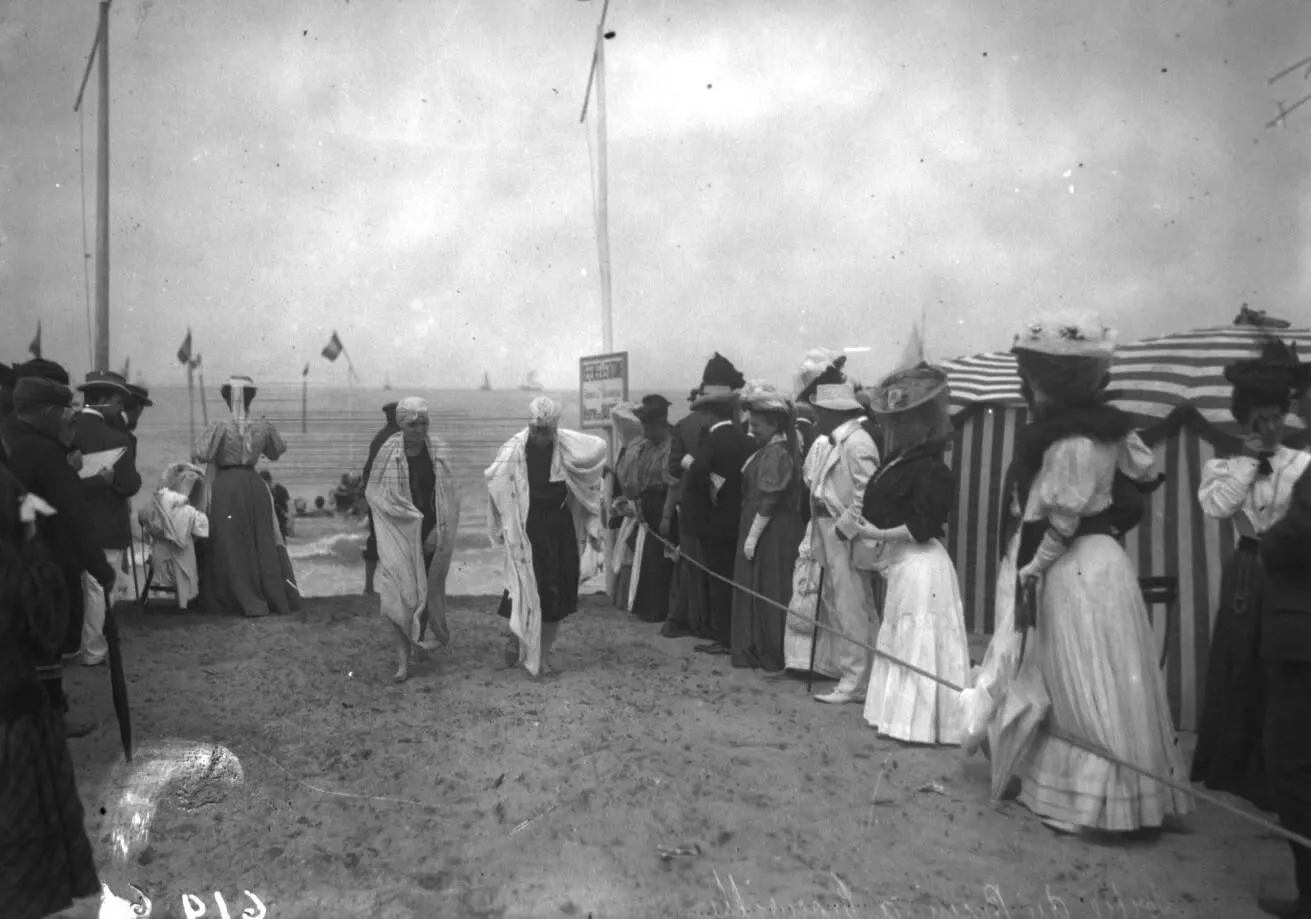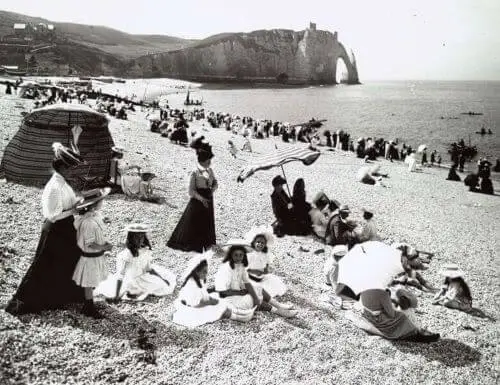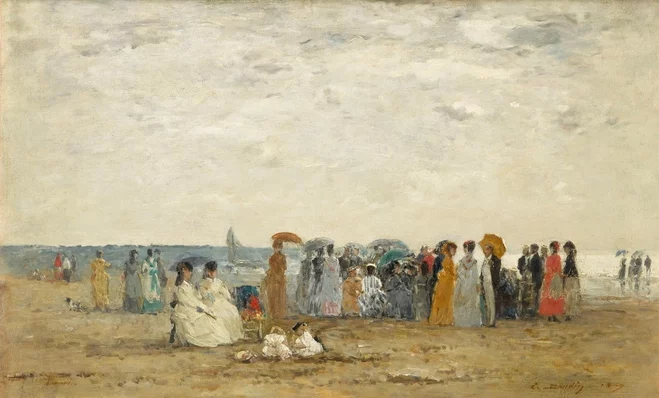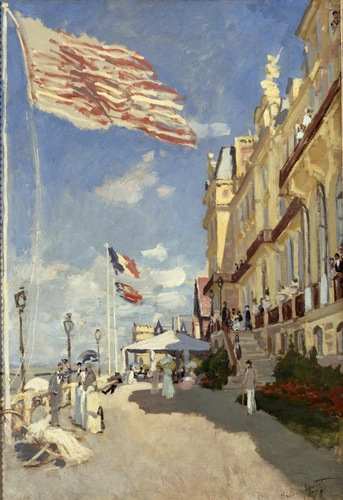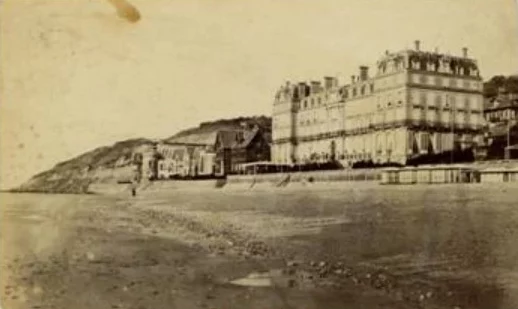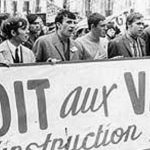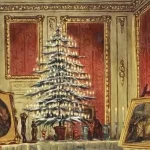Get your 6-piece swimsuits!
J&L History
In this warm September, J&L has decided to bring you back to the beach to enjoy a sea bath.
The sea bath habit would have been born in England since 1730 to cure people. Then, with the evolution of railways and the first social progress, it became more accessible to anybody, and we see the first seaside resorts appearing in 1859. This period has enormously influenced a famous French painter… Claude Monet.
The sea bath, a habit born in England
This habit was born earlier than we think and in a country we don’t expect… England! Since 1730, in Scarborough on the North East coast thanks to its course of treatment, then in Brighton in the 1840s.
In France, the sea bath habit was born in Dieppe in, 1806thanks to Madame de Boigne. Back from England after her exile due to the French Revolution, the Countess suffers from an intermittent fever, apparently incurable. Remembering some health advice and the benefits of cold sea bath, she decides to go to dive in Dieppe. It is a sensational event! In 1813, it is Hortense de Beauharnais, Josephine’s daughter and Napoleon IIIrd’s mother, who goes to Dieppe to cure her pain with a cold bath.
"Remembering the health advice and the benefits of cold water baths, she decided to go and immerse herself in Dieppe."
Although those two anecdotes are funny and made the front page of newspapers, the actual trend will really be launched in 1825 with Charles the Xth ‘s daughter-in-law, the Duchess de Berry, in good health, who decides to submerge herself for fun at every beginning of the summer season.
The first seaside resorts creation by the bourgeoisie
In 1848, the first Paris-Dieppe leisure trains appeared. The evolution of railways and the social progress for the working-class give the chance for more people to go to the beach to enjoy sea air for a couple of days thanks to their days off and holidays.
The swimmers from the outset found in Trouville a beautiful sand beach and a charming fishermen village. However, with the sea bath democratization, a certain category of people reproach “the mix of population”. Therefore, in 1859, the duke of Morny, son of Hortense de Beauharnais, from her affair with Charles de Flahaut, leads the project of creating a new city in the swamps next to Trouville: Deauville. The casino completes this idea of luxury and bourgeois’ pleasures during their stays.
A trend influencing the artists
It is why the Orsay museum displays two masterpieces attesting to this period: the swimmers on the beach of Trouville, made by Eugene Boudin, and The Roches Noires Hotel. Trouville, by Claude Monet.
On June 28th 1870 in Paris, Claude Monet marries Camille Doncieux, from whom he already has a 3 years old son. They leave for Trouville-sur-Mer, to enjoy their honeymoon, and they hope to sell a few paintings to the bourgeois on holidays there. In mid-August, Monet meets Eugene Boudin who advised him in 1853 to paint from nature and would have told him “study, learn to see and to paint, draw, make landscape”. Therefore, on the beach or in town, they both pick subjects related to the IInd Empire society seaside life.
“Study, learn to see and paint, draw, create landscapes. »
This summer in Trouville seems to have definitely influenced Monet's painting. The style is cheerfull, the color palette is lighter and brighter, he gives more significance to the air, wind, sun, and atmosphere effects. His more vibrant and allusive stroke gives the quivering to the flag catching your eye in the foreground. The vertical shape contrasts with the steady figures spread on the painting. The Roches Noires Hotel is a strategic choice for Monet as the high society stays there and, actualy, it will become even more emblematic after the stay of the writer Marcel Proust.



